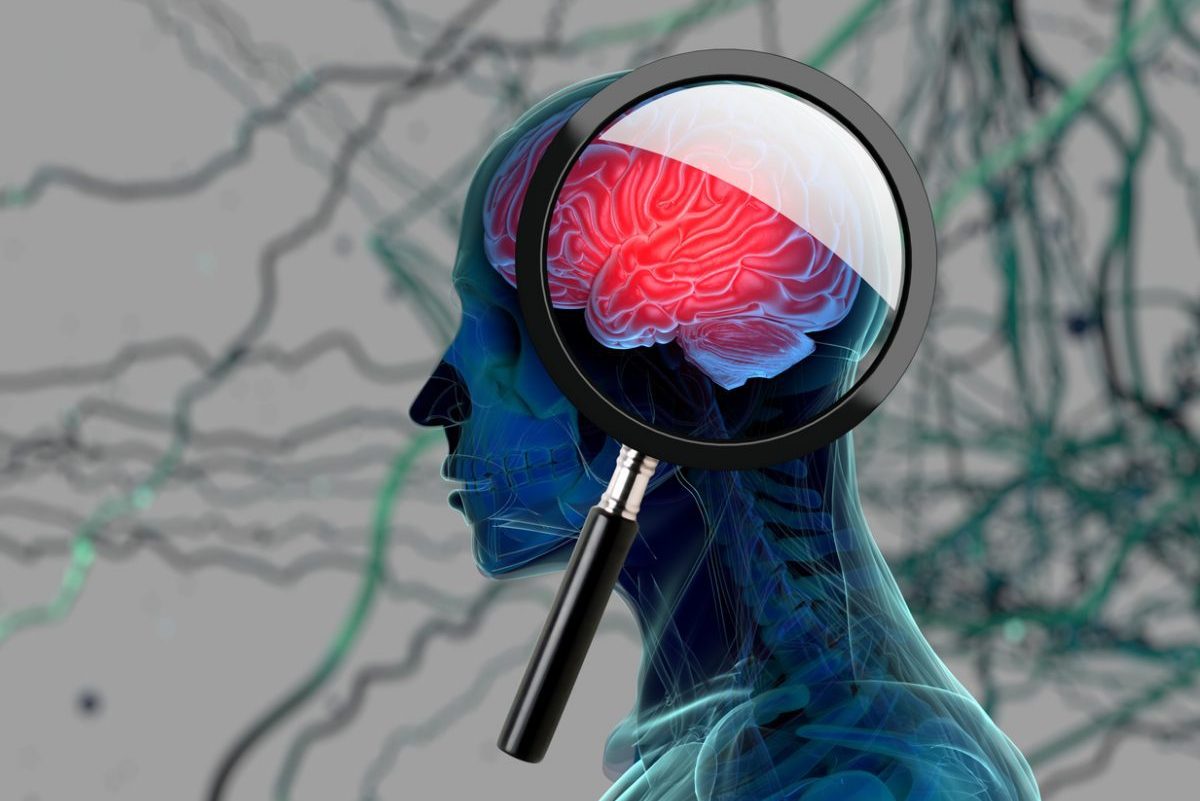Objective: To comparatively assess the incidence of tardive dyskinesia in patients with schizophrenia receiving either aripiprazole or haloperidol.
Method: Data from 2 controlled, long-term trials of subjects meeting DSM-IV criteria for schizophrenia treated with aripiprazole (N = 861, 20-30 mg/day) or haloperidol (N = 433, 5-10 mg/day) were analyzed. The primary outcome measure was the rate of new-onset tardive dyskinesia. The analysis was limited to patients without baseline tardive dyskinesia. There were no significant differences between treatment groups in demographic or disease characteristics. The Abnormal Involuntary Movement Scale (AIMS) and Research Diagnostic Criteria for tardive dyskinesia were used to define the comparative incidence rates of long-term treatment-emergent tardive dyskinesia.
Results: A significantly lower percentage of aripiprazole-treated patients developed new-onset tardive dyskinesia compared with haloperidol-treated patients (p < .0001). The annualized rate of treatment-emergent tardive dyskinesia was significantly lower in aripiprazole-treated versus haloperidol-treated patients. In patients without a baseline diagnosis of tardive dyskinesia, aripiprazole significantly improved AIMS scores compared with haloperidol (p <= .0001).
Conclusion: These findings support the potential for a significantly lower risk of tardive dyskinesia with aripiprazole than with haloperidol among patients requiring maintenance antipsychotic treatment.
Author Affiliations

Enjoy free PDF downloads as part of your membership!
Save
Cite



